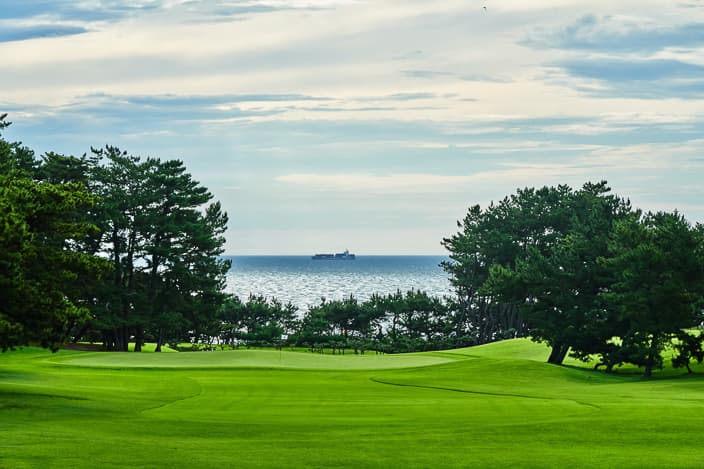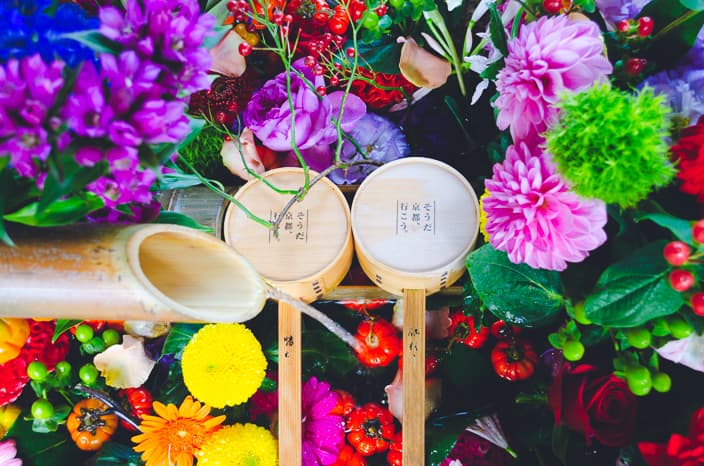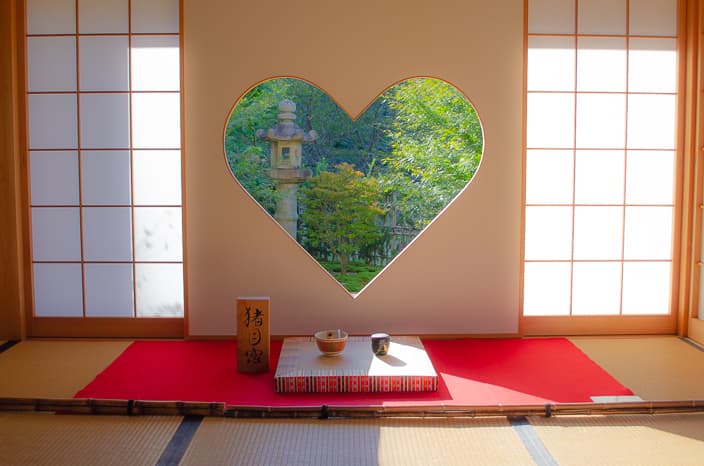If you ask who is the best golf course designer in Japan, I am convinced that Seiichi Inoue will be named first. Among these Seiichi Inoue designs, the course built in the early stages is highly evaluated as having a classic taste, and the Oarai Golf Club which opened in 1953, is said to be one of the best masterpieces. Inoue himself also describes this Oarai as “hard-to-find treasure of the Japanese golf course, which is rich in black pine forests and the location of seaside links, which is rare in Japan, is extremely unique.”
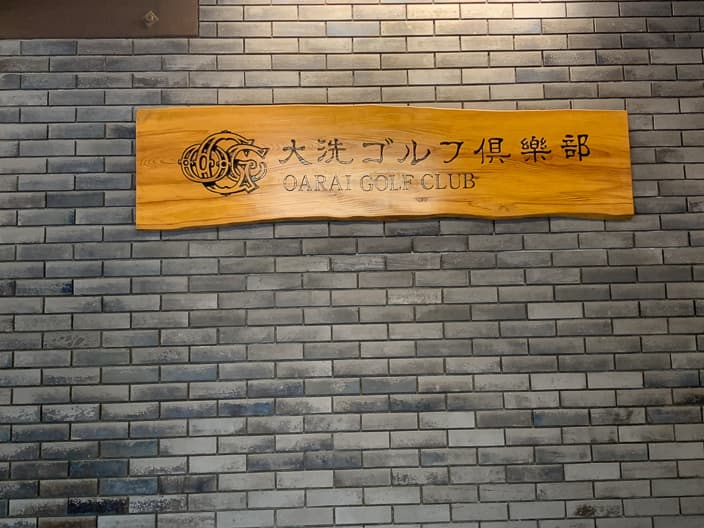
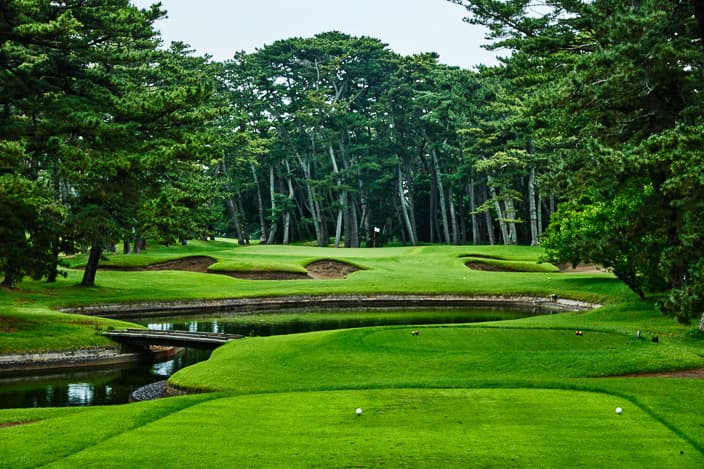
As you know, golf was born in seaside links in Scotland, and even today the British Open is held on all links courses such as St Andrews and Carnoustie golf links etc.. Links means a barren sand dune that connects (links) the coast and inland cultivated land, but until now, golf courses have rarely been built there in Japan. However, this course, which was built along the Oarai coast facing the Pacific Ocean, was created by taking advantage of the natural dunes. At that time, the sand was left in the rough of nature, so this course is characterized by the fact that there are almost no fairway bunkers.

In addition, there are 25,000 black pine trees that have been windproof and sand protection forest since the Edo period, and there are thousands of giant pine trees that are over 100 years old, creating a unique and beautiful landscape. Inoue’s design aesthetic is to eliminate artificial objects as much as possible, this pine forest is a natural obstacle and it is called the “hazard in the air”, which is a specialty of Oarai.
However, the dense of giant pine trees grows diagonally like a work of art due to the strong winds from the sea for many years, overhangs the fairway from both sides to narrow the space and block the path of the ball. Sometimes it also covers the green-side bunker to prevent the ball from escaping.
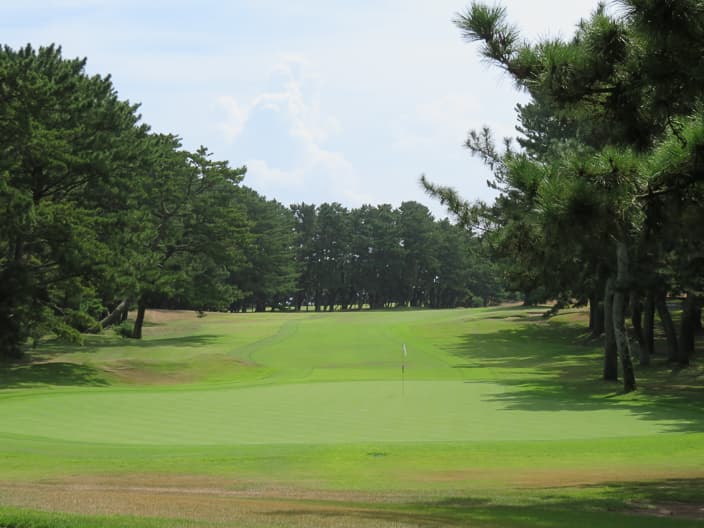
You will first realize it at the start hole. The 1st hole (440 yards) is a flat and straight fairway with less pressure on the tee shot. However, not only does the fairway become narrower as it gets closer to the green, but the pine branches extend from the left and right into the air limit the route of the approach shot. Even if a few missed shots it will be affected by the hazard in the air, which is a specialty of Oarai.

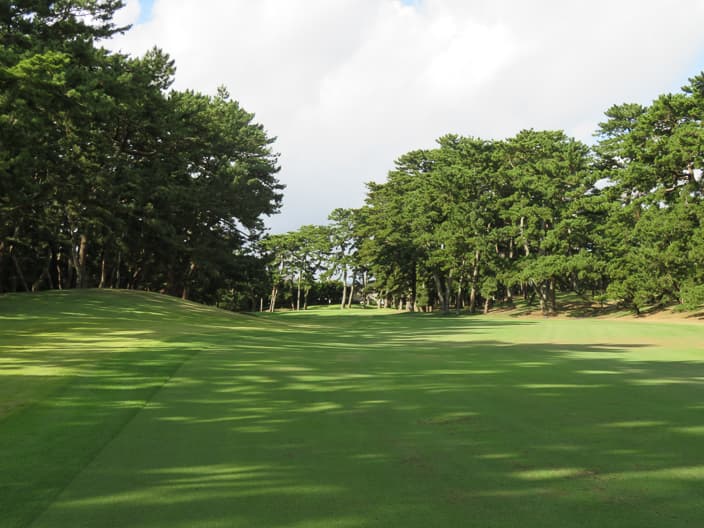
The 7th par 5 hole, which has a long distance, swells in an S shape, and the target point for each shot is limited. In addition, it is a difficult hole that requires skill to hit various balls such as turn to right or left, high and low as well as flight distance for score making. This difficult hole is the essence of Seiichi Inoue.
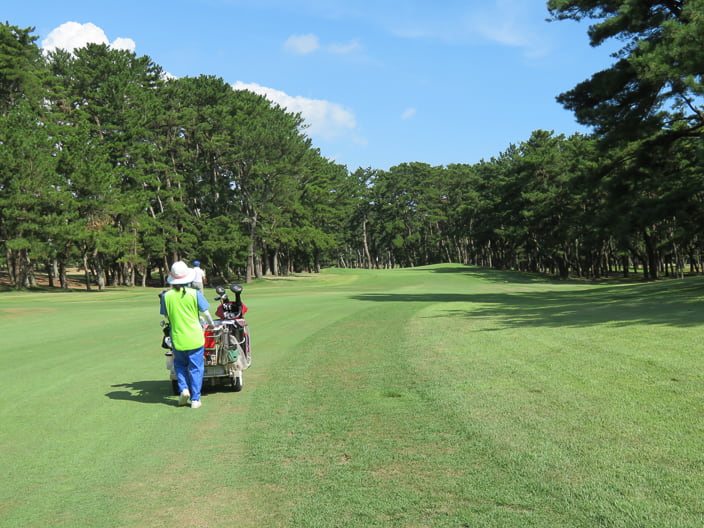
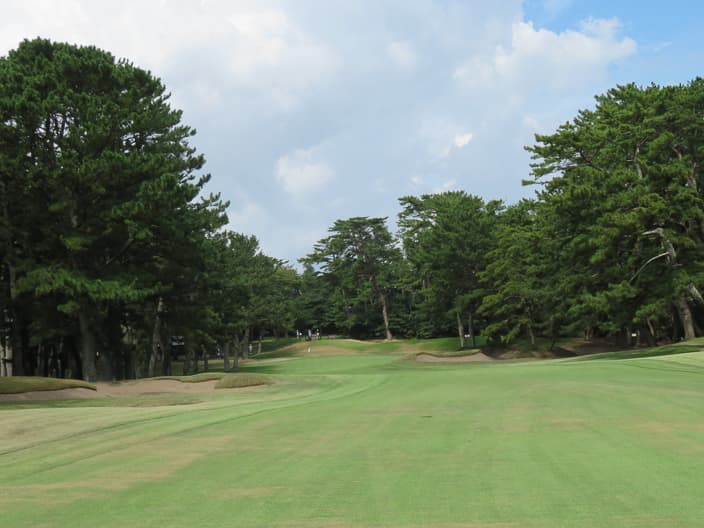
The 17th hole par 4, it is a difficult task that requires sufficient flight distance and accuracy to catch the fairway while avoiding the pine trees on the left and right side, and to aim at the elevated green by skillfully avoiding the valley in between. Even in pro tournaments, the score of this hole often influenced the outcome of the match.
Moreover, if the sea breeze peculiar to seaside links blows, it will become even more difficult. Especially in the impressive No. 16 par 3 hitting downhill towards the Pacific Ocean, you also need to use a driver when the headwind from the sea blows.
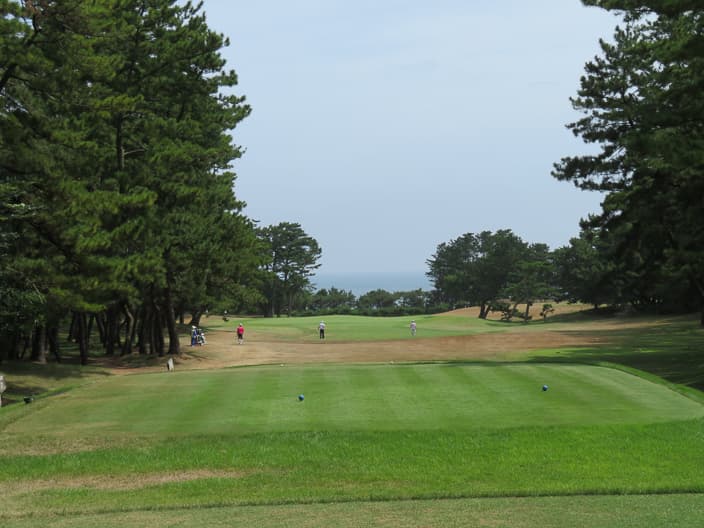
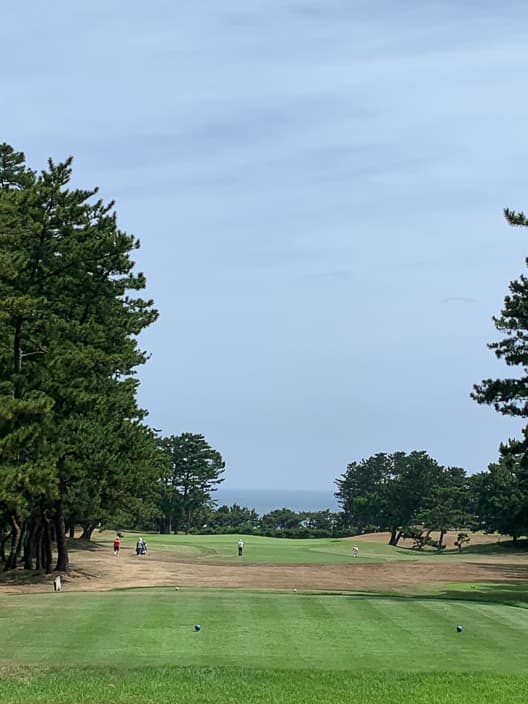
Anecdotes about the green turf remain in the early stages, Inoue disagreed with the opinion of the course, and as a result, the green was a combination of bent and korai turf as a mysterious compromise. Since it became one green of bent turf in the subsequent renovation, a delicate putting sense is required to capture the huge undulating green.
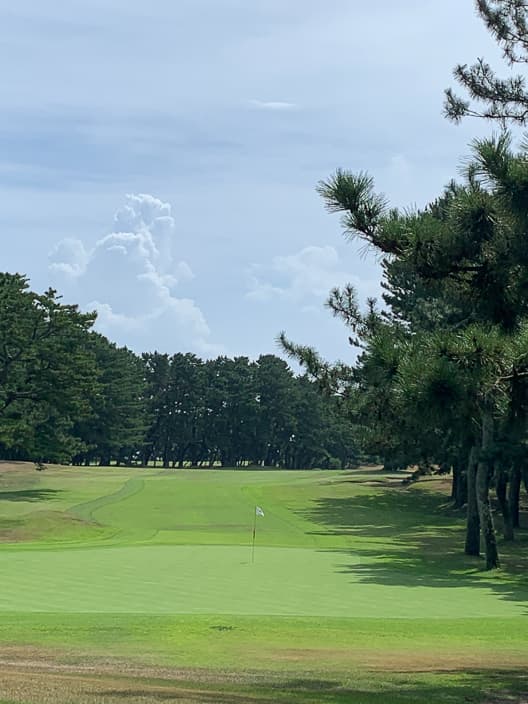
Many major tournaments were held, such as the 2013 Diamond Cup, which was won by this year’s Masters Champion Hideki Matsuyama. The most memorable one is, Hidemichi Tanaka, who hit the ball into the pine forest at the final hole, caught the green with a gambling shot that punched out a gap of only 50 cm between trees with a 6-iron and won a dramatic victory at the 1998 Japan Open (there is a monument in the pine forest at that shot point, but where can you aim for the green?) It can be said that the fact that many dramas were produced with a high degree of difficulty that cannot be conquered only by long hitting power also increased the fame of the course.
It is 7,205 yards from the full back tee, and as the course rate 74.4 shows, it is one of the best monster courses in Japan, and although there is a lot of fatigue after playing, it can be said that you can enjoy the real pleasure of golf that can only be experienced here.

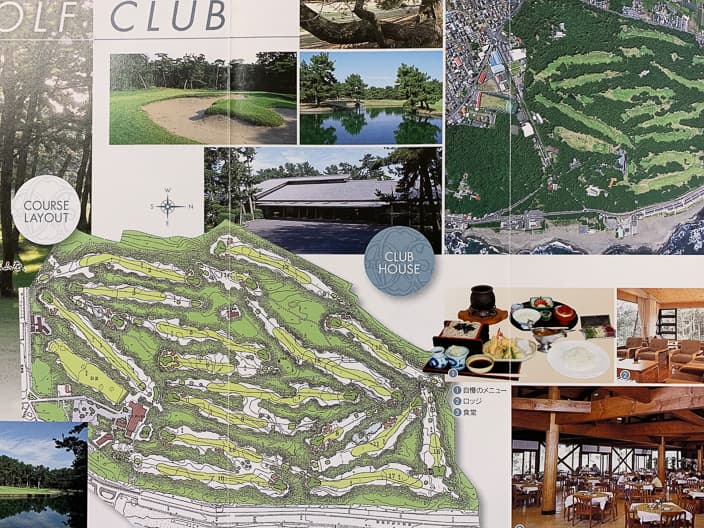
The Japanese-style architectural clubhouse with a tiled roof that blends in with the surrounding pine forest has history and elegance.
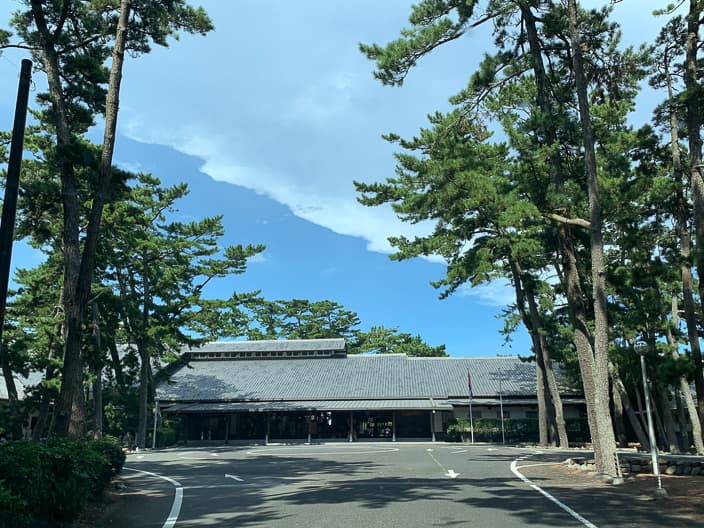
In front of the pine forest that leads to the entrance of the golf course is the long-established Japanese-style inn “Oarai Yamaguchirou” that has been running since 1872. You can have fresh and high-quality locally produced ingredients baked right in front of you, but if the season is good, you can enjoy your meal in the pine forest garden where the sound of the waves and the scent of the shore are pleasant.
By the way, there is an anecdote that Seiichi Inoue stayed at this inn and designed the course.
After enjoying playing on the high-level seaside course, why not try the fresh food here?
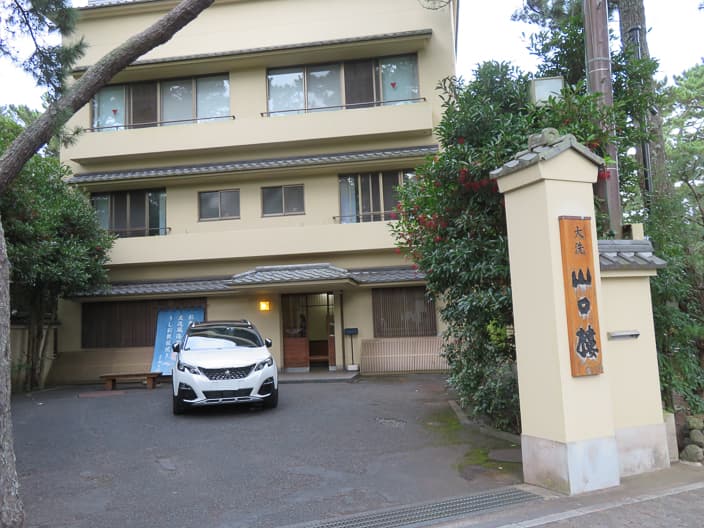
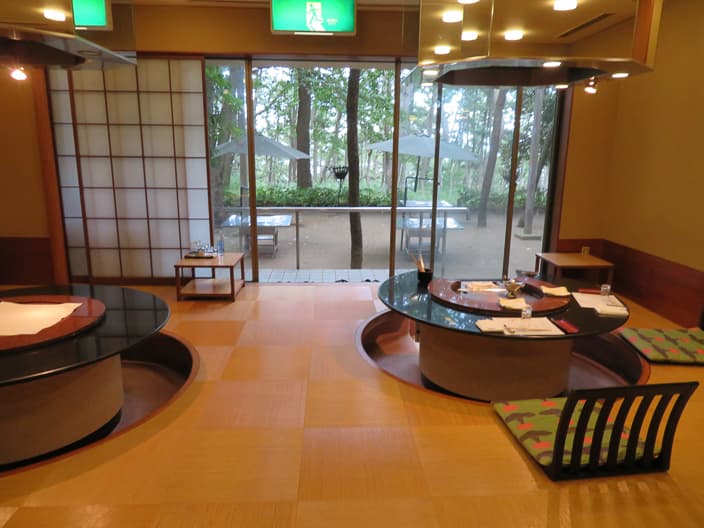
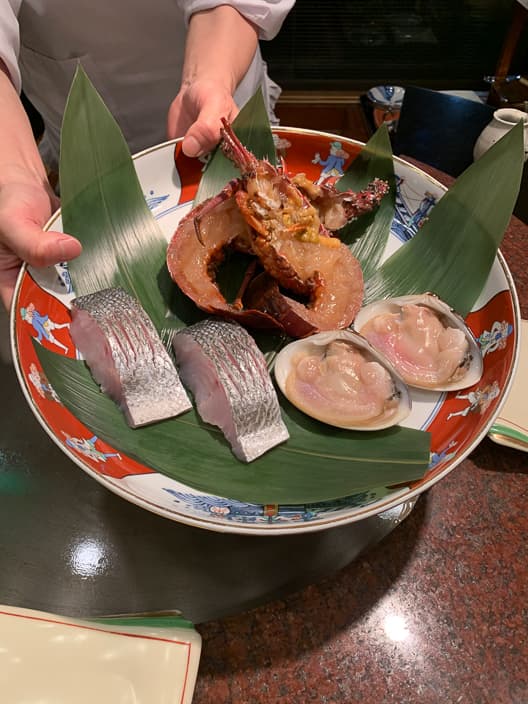
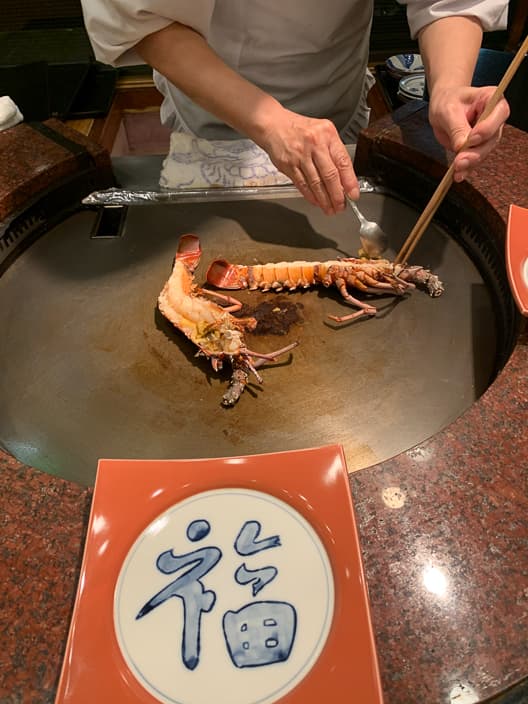
By the way, the course’s brochure states, ” A seaside course that coexists with black pine herds, taking advantage of the natural terrain overlooking the Pacific Ocean. While feeling close to the tide, the spirit of challenge is aroused by full of subtle and clever changes in each hole, players are fascinated by the versatility of developing new scenes every time they visit the course.”
“In Oarai, which has created numerous myths and has a history befitting worthy of a prestigious name, I would like you to experience the sublime romanticism that is given only to the people who have mastered the real essence of golf.”
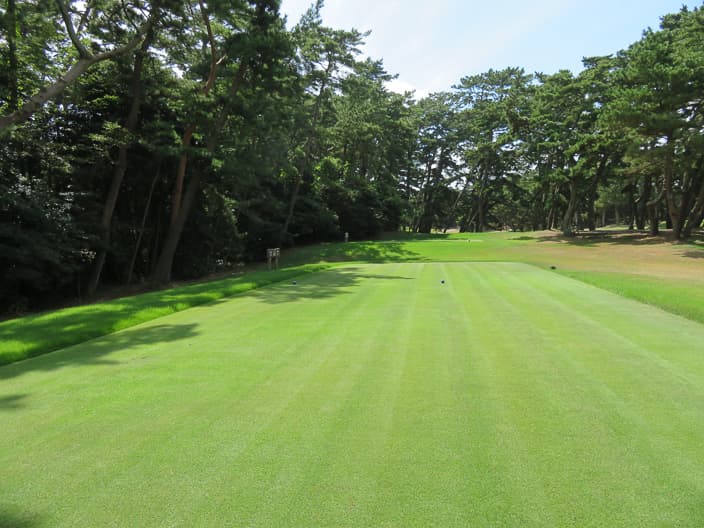
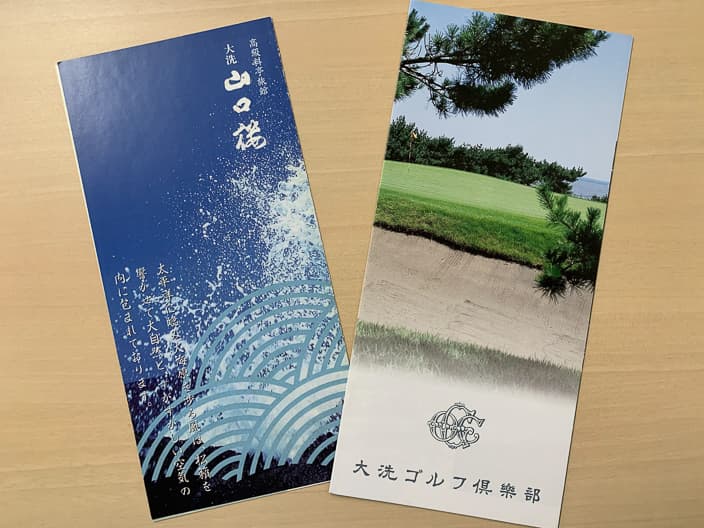
Oarai Golf Club
| Address | 8231-1 Isohama-cho, Oarai-machi, Higashiibaraki-gun, IBARAKI |
| TEL | 029-266-1234 |
| Website | http://www.oarai-golf-club.co.jp/ (Japanese Only) |

